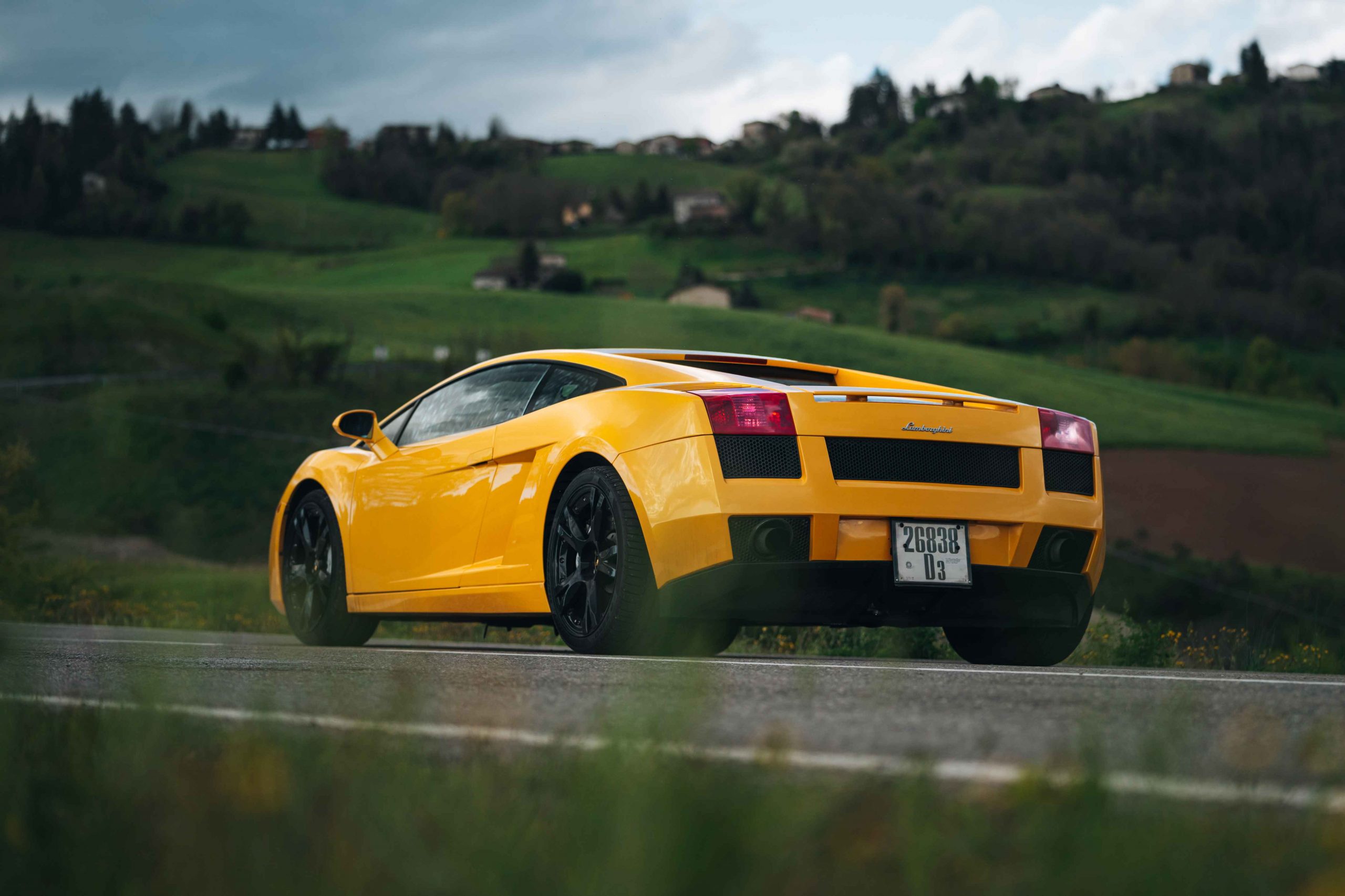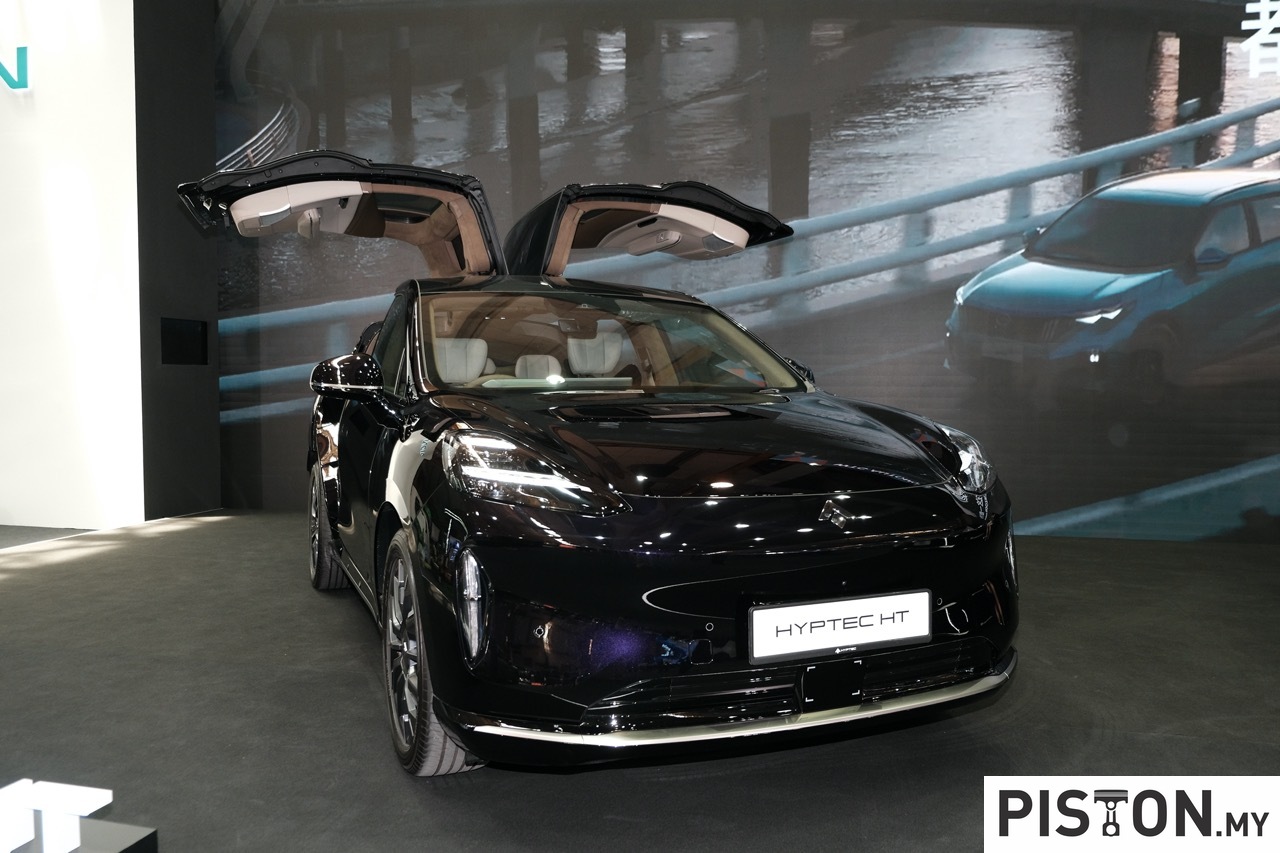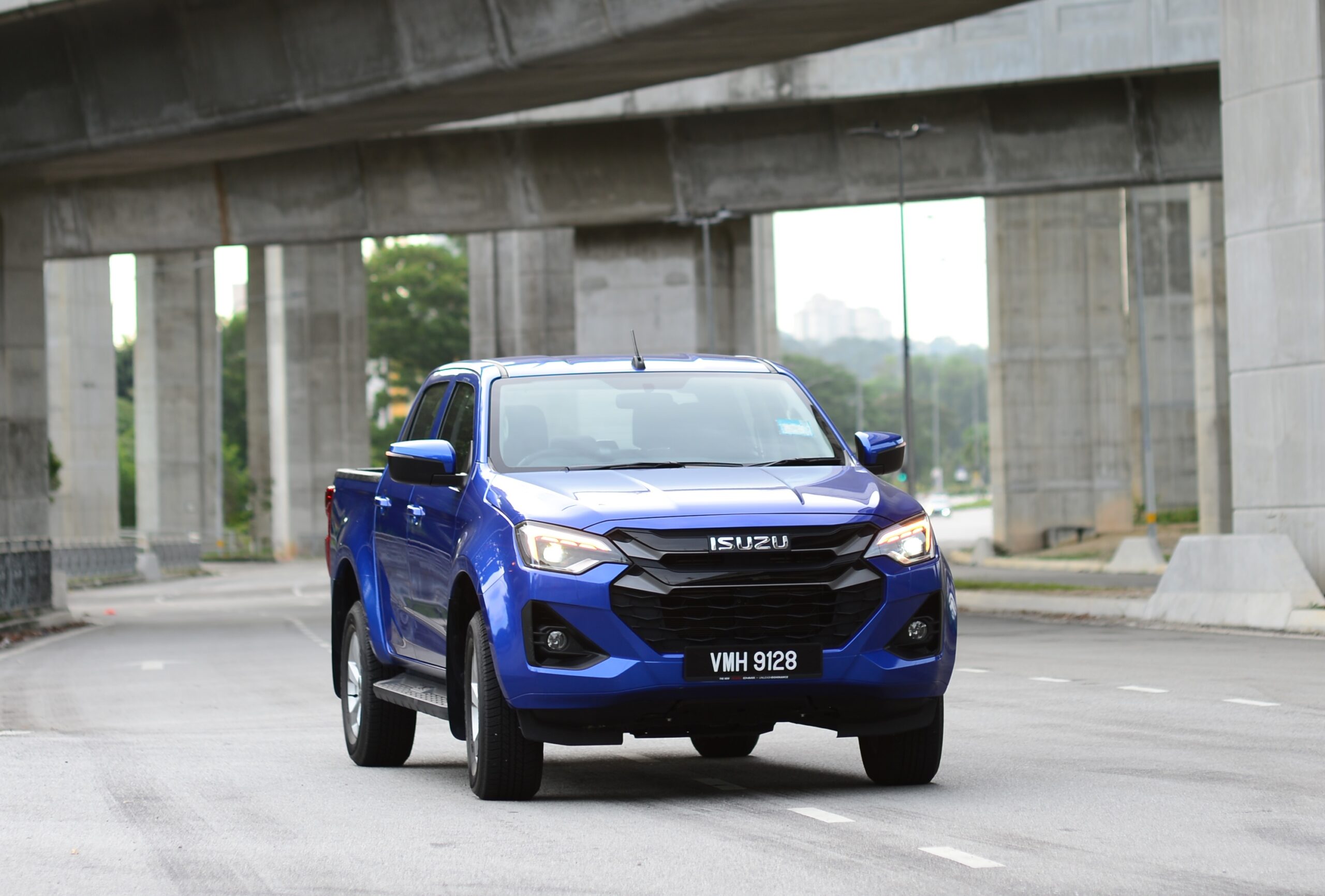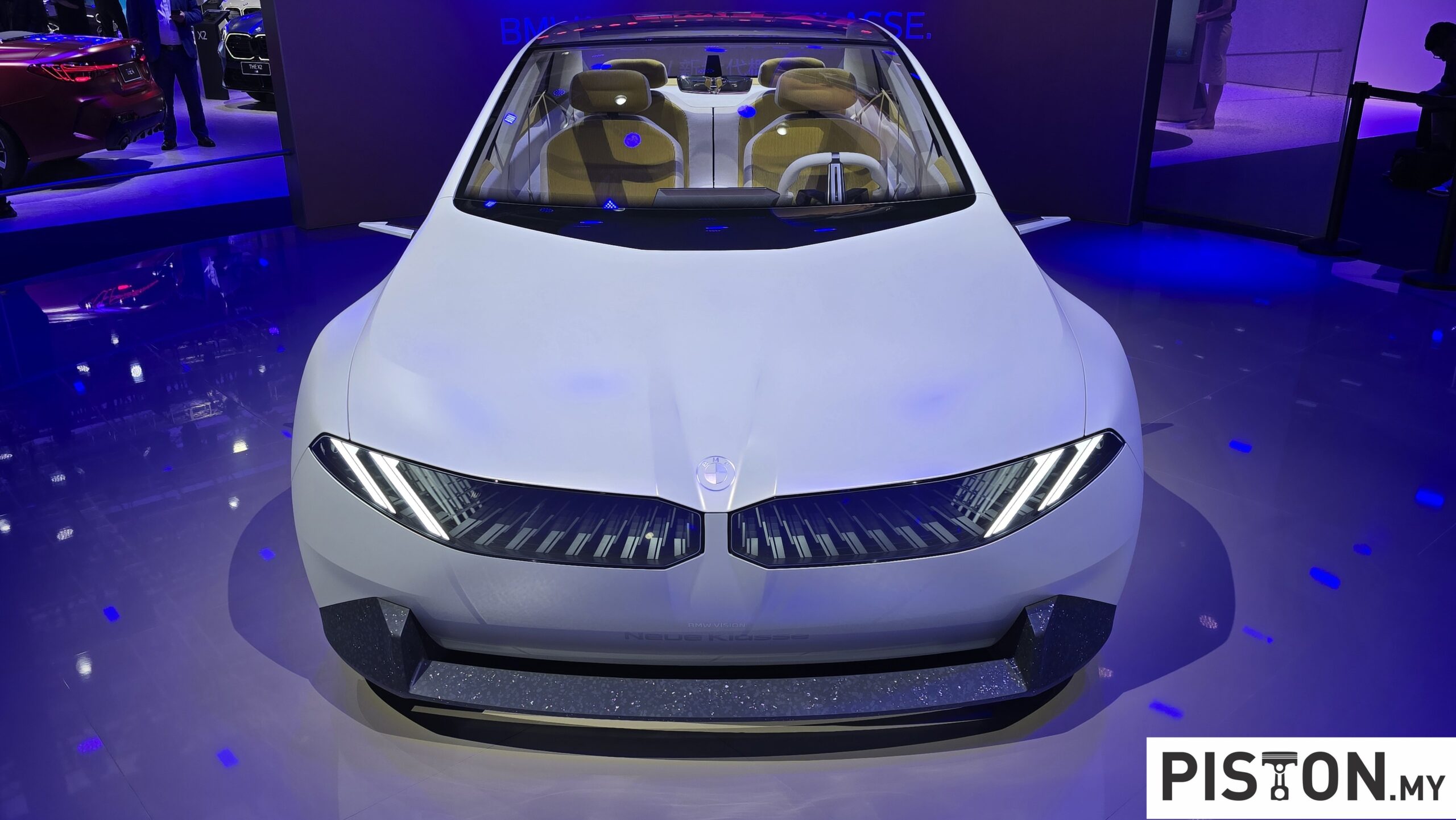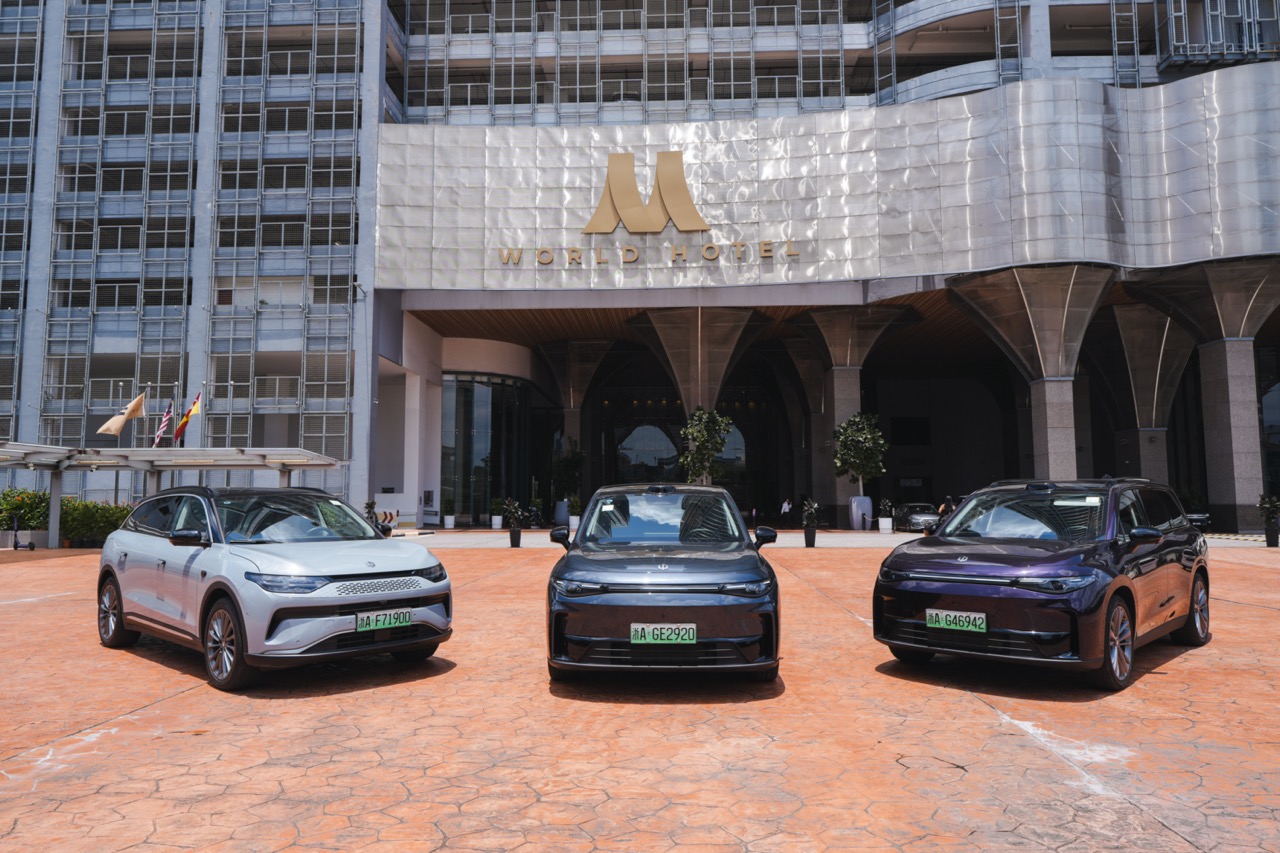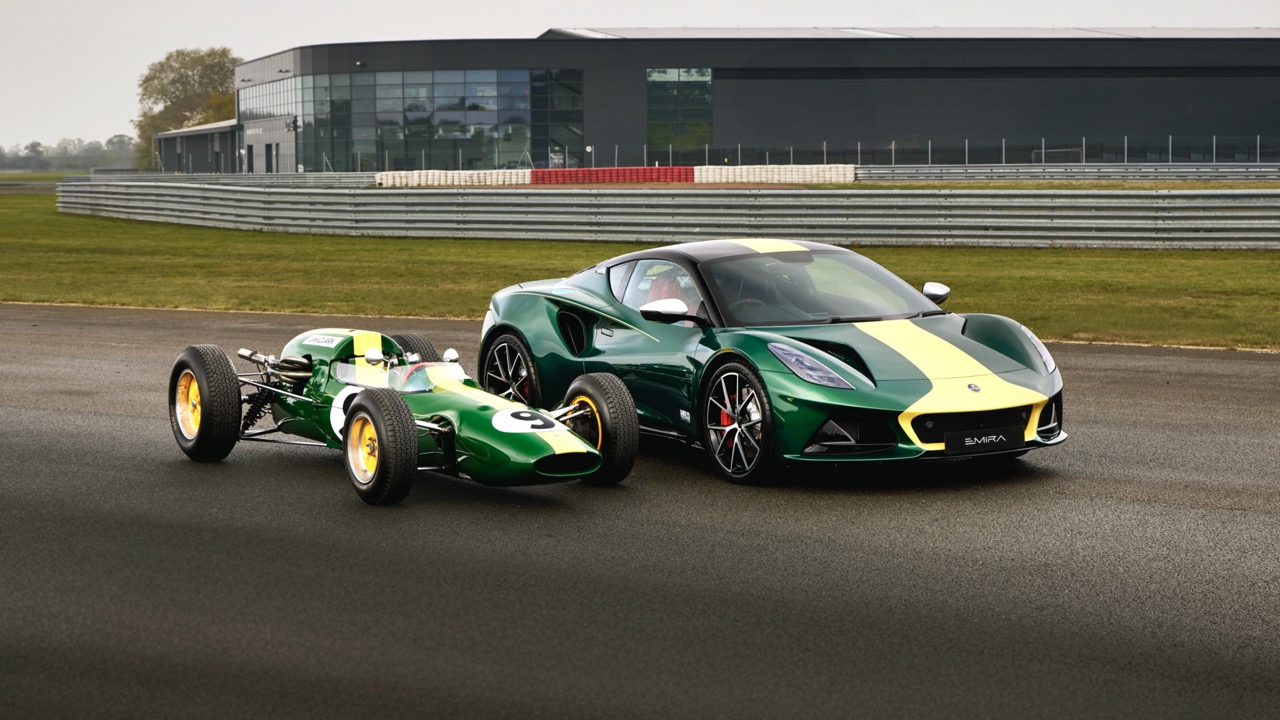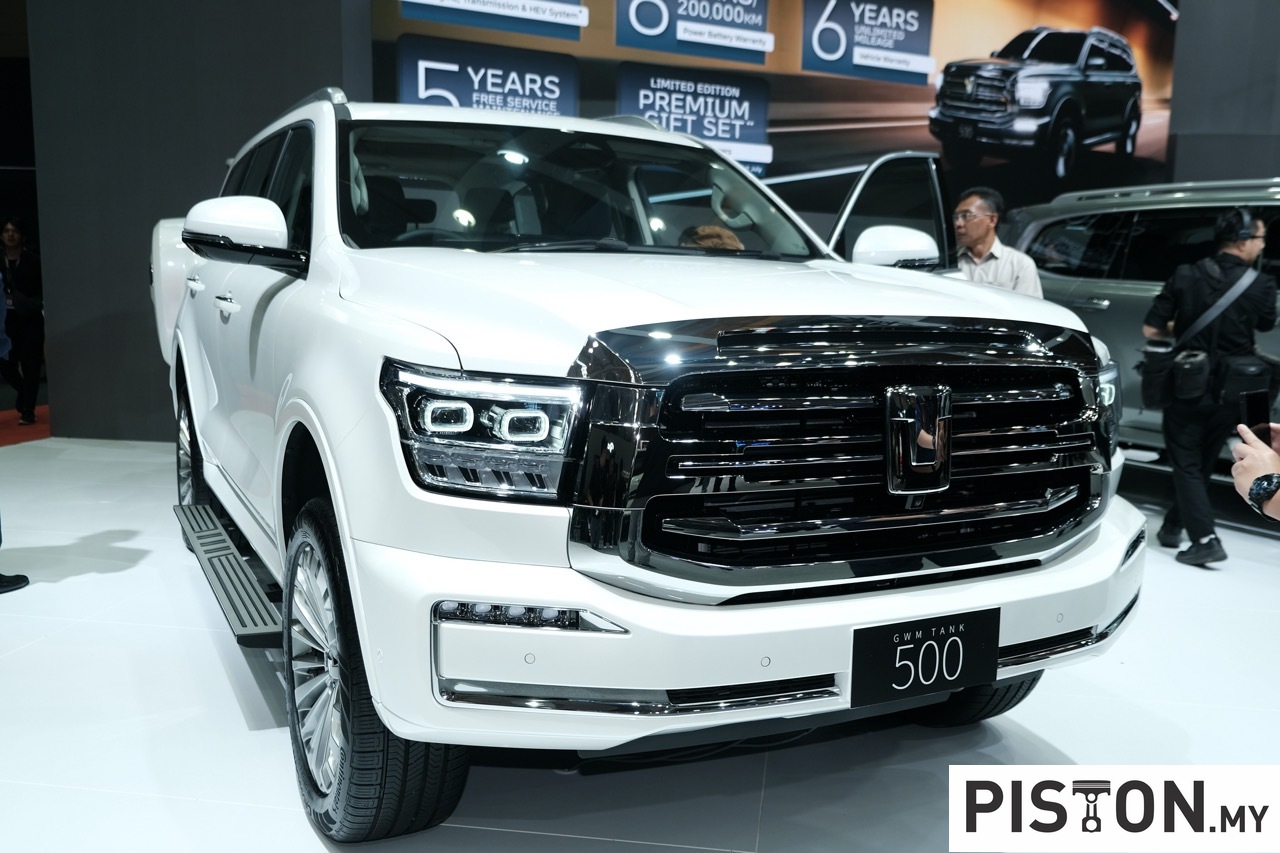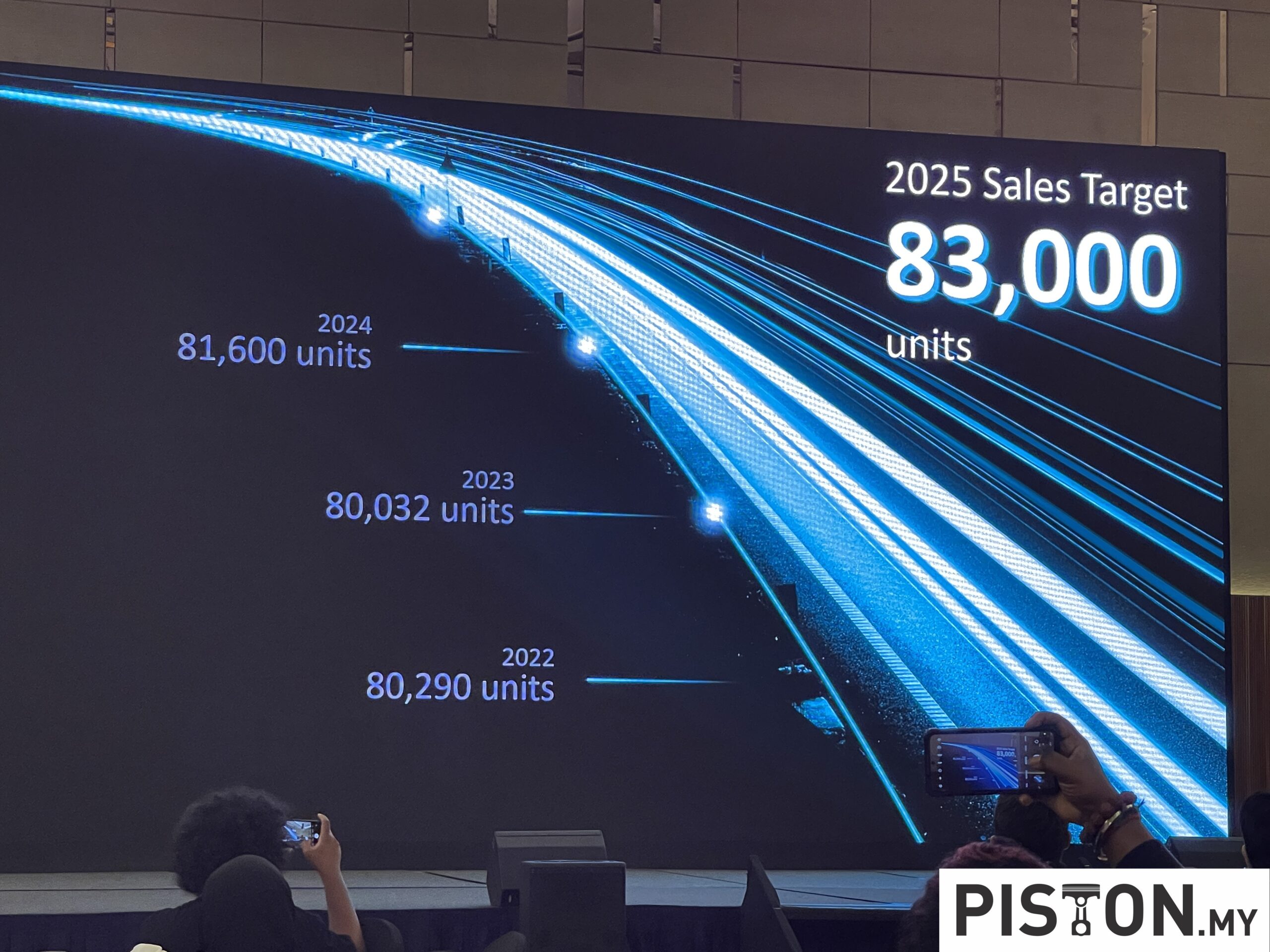Featured in many ’00s rap music videos and was even seen in the latest Fast X movie as a chrome-plated eye-catcher, the Lamborghini Gallardo celebrates 20 years of being an iconic model.
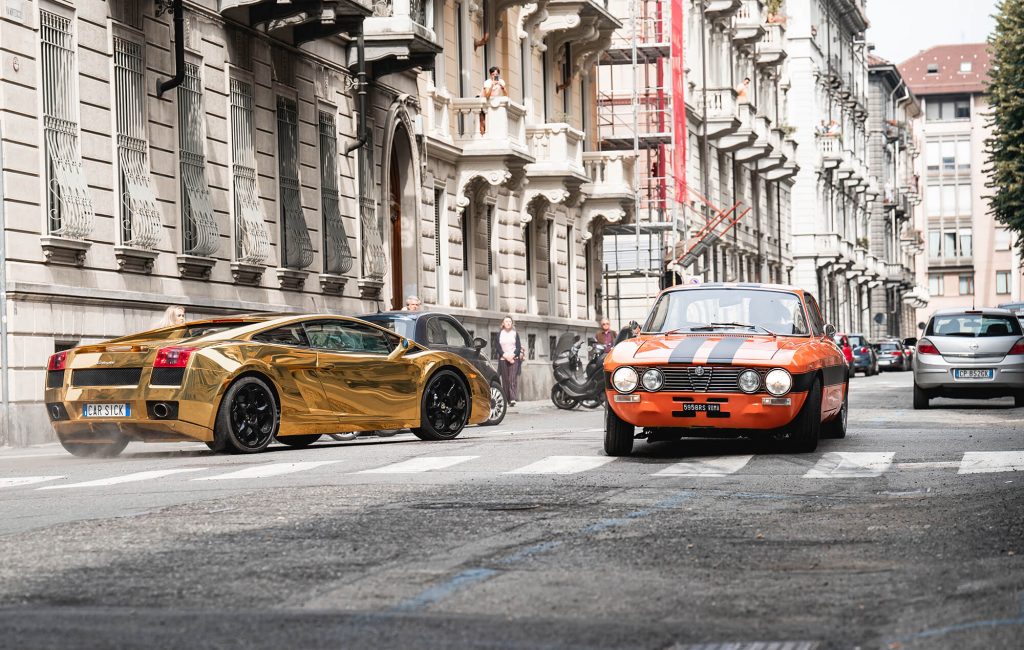
The Gallardo was originally referred to as a “baby Lambo” at the 73rd Geneva International Motor Show, where it was presented as a production ready model. It was the Italian manufacturer’s attempt to solve the supercar conundrum by creating a model that was less expensive than the Murcielago but just as attractive.
Lamborghini had previously recognised demand for a “smaller” Lamborghini and, more importantly, one with reduced starting prices and operating expenses. Lamborghini began work on the L140 project in 1987 with the explicit goal of building a smaller Lamborghini. Over the years, a number of prototypes were created and many technological options were looked into, including a V8 engine initially and a V10 engine afterwards.

After much thought, it was decided in 1998 to start again from scratch, using just the concept, approximate proportions, and the notion of a ten-cylinder engine—something never previously used in a Lamborghini road car.
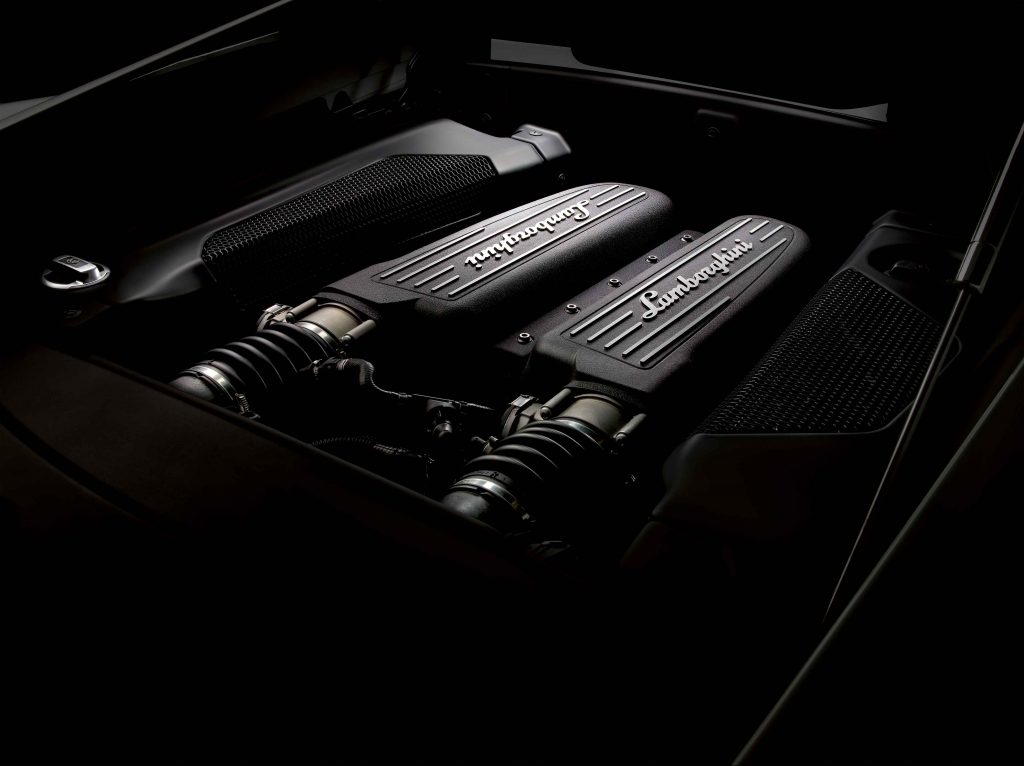
The L140 had a 72° V10 engine built by Lamborghini with the transmission incorporated in the oil pan region. This engine was not possible to construct for the sort of car it was planned for, according to Maurizio Reggiani, who served as Lamborghini’s Technical Director from 2006 to 2022. Additionally, the high centre of gravity caused by the transmission being located under the engine prevented the Lamborghini from having the same driving and handling qualities as a super sports car.
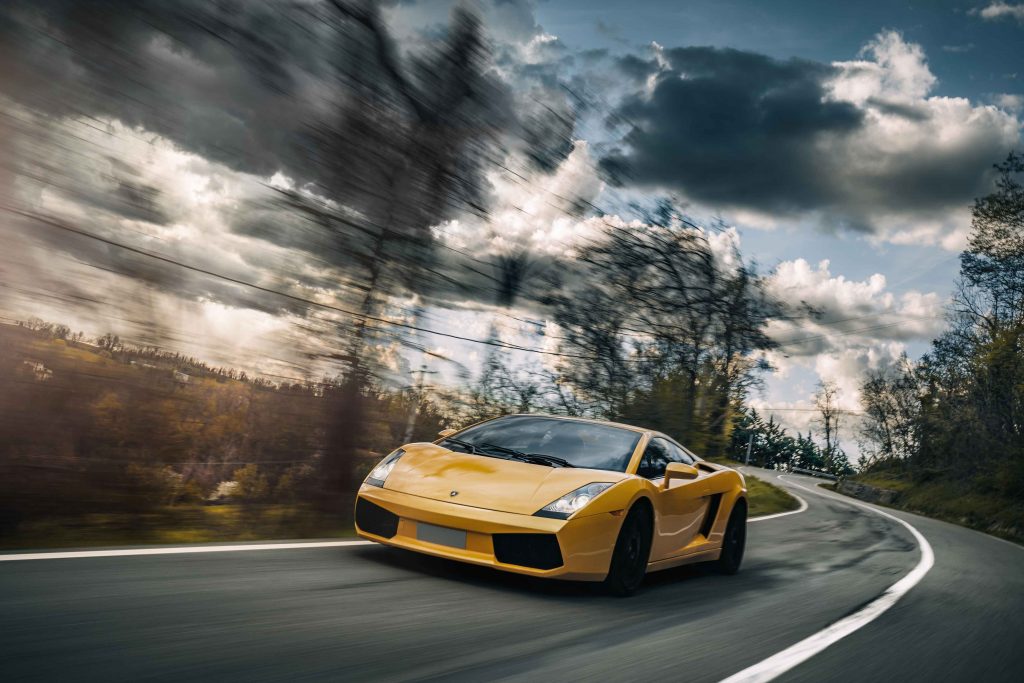
When Lamborghini began the “baby Diablo” project, a V8 was selected, and Lambo decided to hunt for a viable engine among those already on the market, including the 8-cylinder Audi. After being acquired by Audi, the plan changed to build an entirely fresh car featuring an aluminium tubular chassis, a 10-cylinder Lamborghini engine, and both a manual and robotised gearbox.
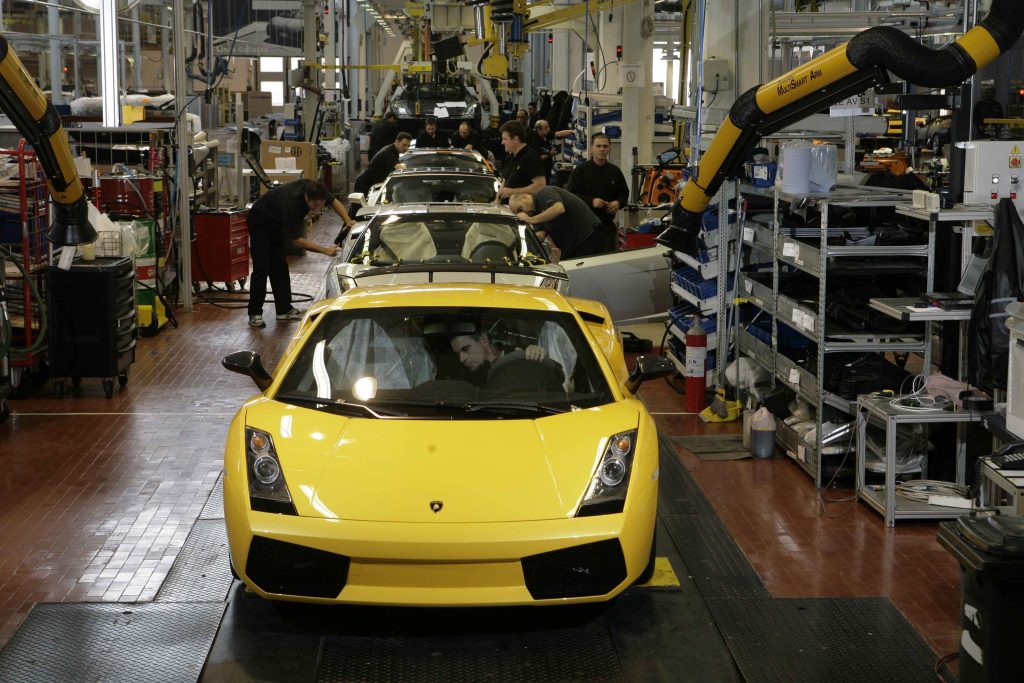
The first Gallardo had a 5-litre, 10-cylinder V90 DOHC with 4 valves, and a 500hp engine installed. To obtain benefits in the design of the vehicle, such as a lower engine hood and greater rear visibility and to lower the centre of gravity for better handling, a 90-degree angle was used over the traditional option of a V72.
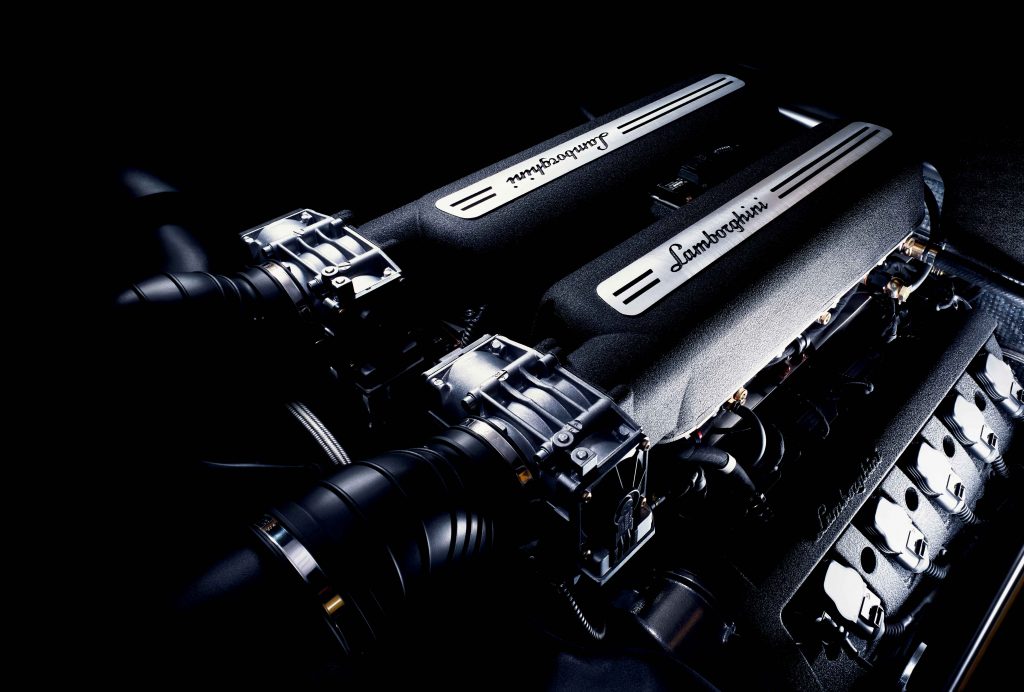
Utilising “crankpins” with an 18-degree offset allowed for regular firing intervals, which ensured engine smoothness. In addition to providing optimum lubrication even in highly dynamic situations, a dry-sump lubrication system allowed for a further reduction in the centre of gravity.
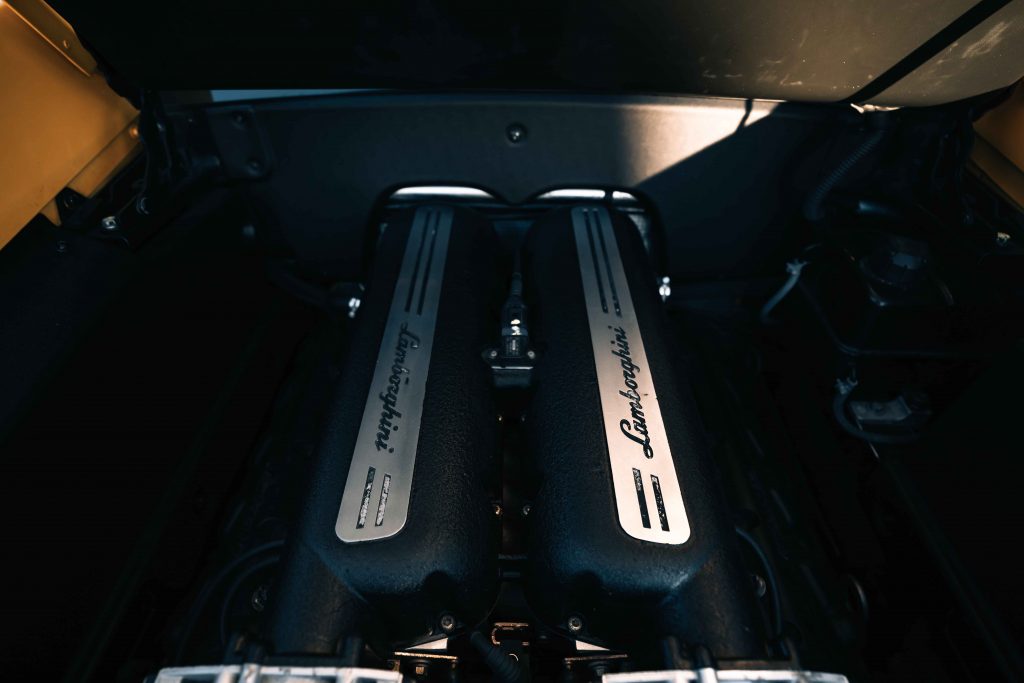
The 6-speed gearbox, which was mounted behind the engine and included the most recent double- and triple-cone synchronizers with optimised control and engagement systems, employed the tried-and-true VT system for all-wheel drive. While maintaining the fundamental mechanics of the gearbox, a robotised sequential system (the Lamborghini e-gear, available as an optional extra on this version) was also created.
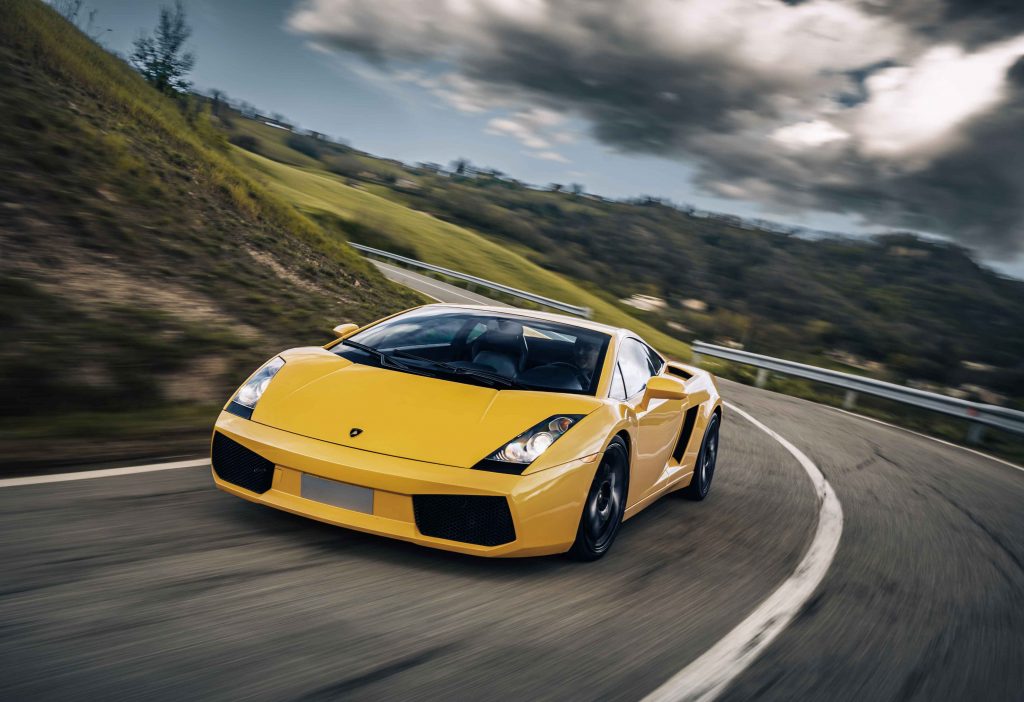
The Gallardo’s proportions and performance objectives gave it a compact athleticism. The wheelbase and shorter overhangs of the car gave it a more athletic appearance. Strong aeronautical influences can be seen in the cab-forward cockpit integrated into the body of the car, the sharply angled windscreen with tensed pillars, the complex treatment of flat surfaces crossed by distinct markings, and the orientation of the cooling system components in the direction of air flow. These features are all key components of the Gallardo’s iconic design, which was also on the Murciélago introduced in 2001.
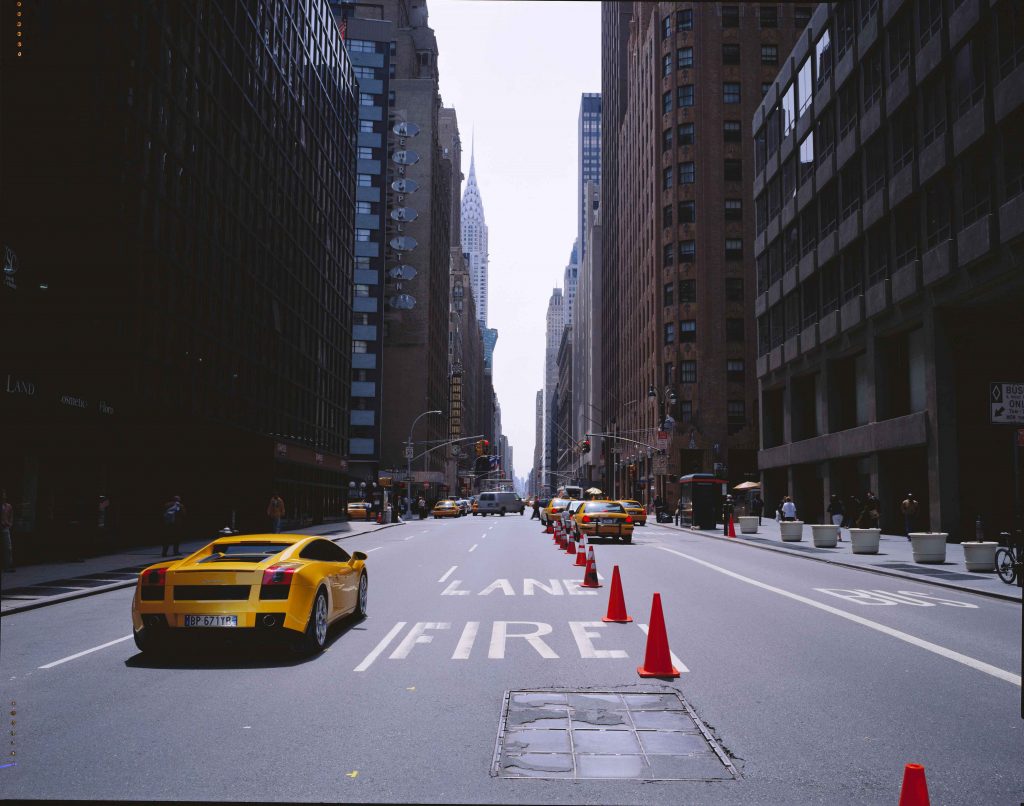
However, what truly set the Gallardo apart when it first hit the market was its performance coupled with drivability, dependability, and everyday usefulness, to the point that it could be used as a daily driver without any discomfort.
The Gallardo established the custom of “donating” automobiles to the Italian Police in May 2004. The cars were utilised for specific tasks such the delivery of organs or life-saving medications.
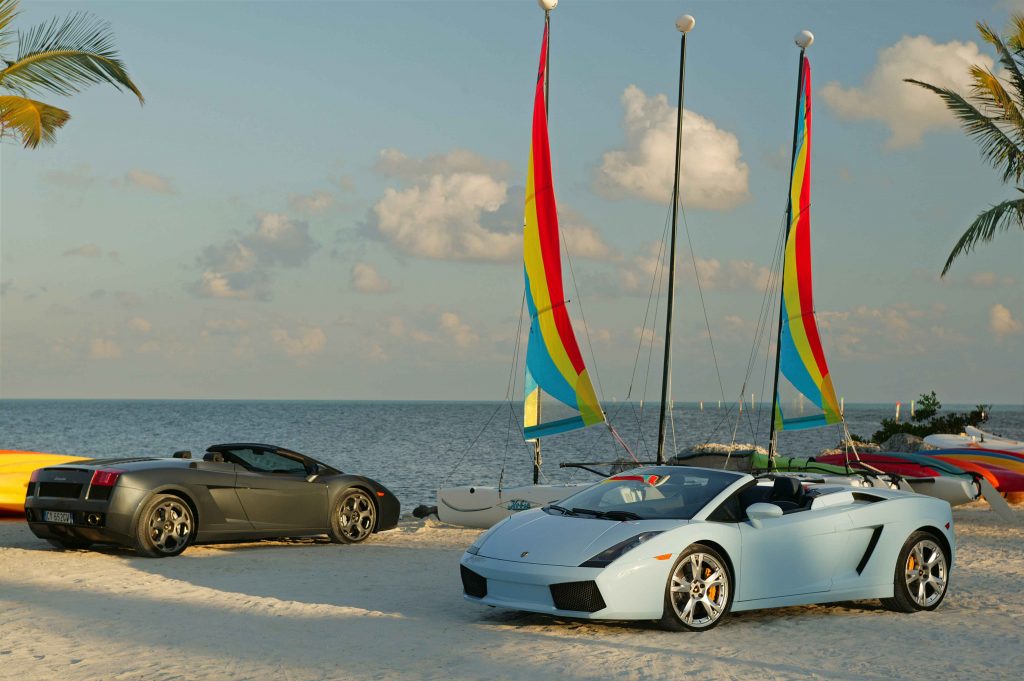
At the Frankfurt Motor Show in 2005, Automobili Lamborghini debuted the Gallardo Spyder, a completely new model with a brand-new soft-top opening/closing system that also involved the car’s engine hood, two years after the coupé version was introduced. In terms of the engine, gearbox, and performance, the Lamborghini Gallardo Spyder also debuted significant upgrades.

At 8000 rpm, the 4961 cc 10-cylinder engine was now producing 520hp. A shorter gear ratio in the six-speed gearbox (always manual with the optional offer of the robotized e-gear variant) led to more dynamic vehicle handling. As of the 2006 model year, these additional engine characteristics were also included in the coupé variant.
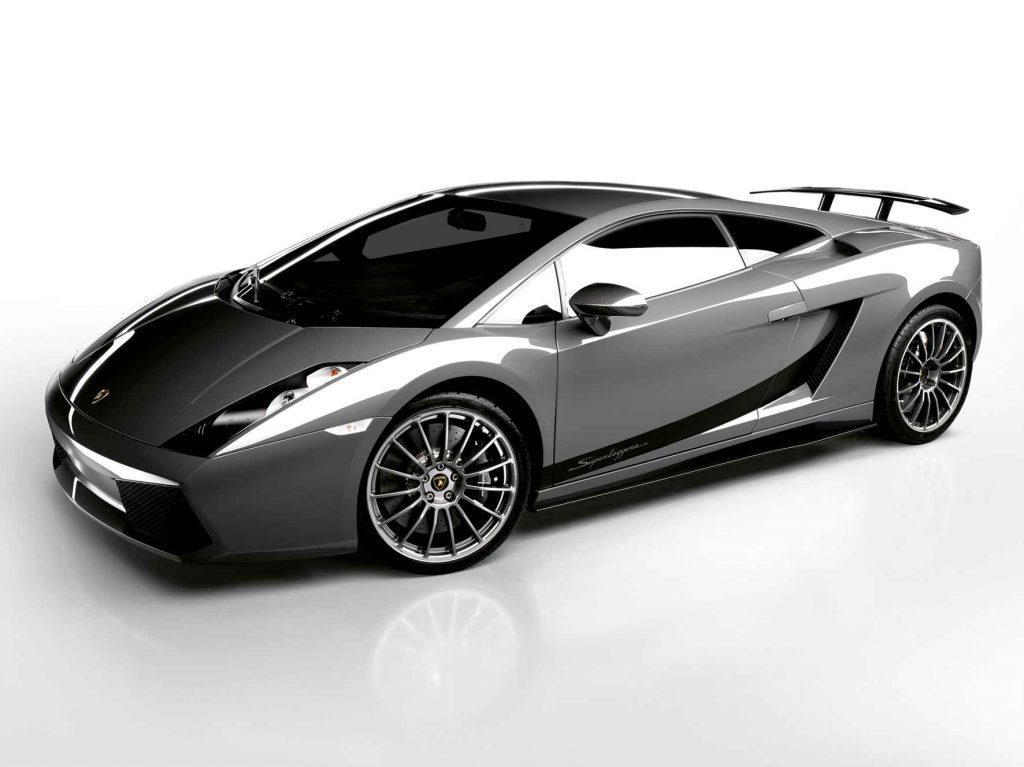
The Gallardo Superleggera was unveiled in Geneva in 2007, the year when manufacturing of the “baby Lambo” reached 5000 units since its introduction. The new model was even more dynamic, attaining a weight/power ratio of under 2.5 kg/HP, due to the 10 HP boost in power and the 100 kg weight reduction.
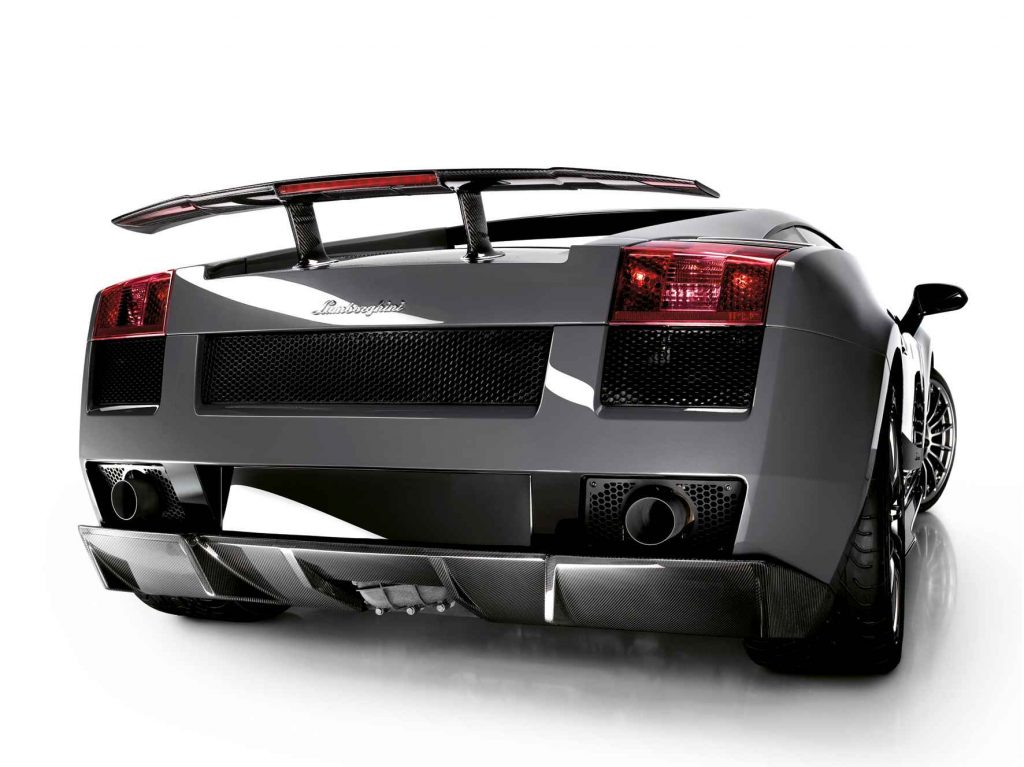
The Superleggera was offered in four colours at no additional cost: Midas Yellow, Borealis Orange, Telesto Grey, and Noctis Black. It included a standard robotized mechanical gearbox that was a common feature on all later variants.
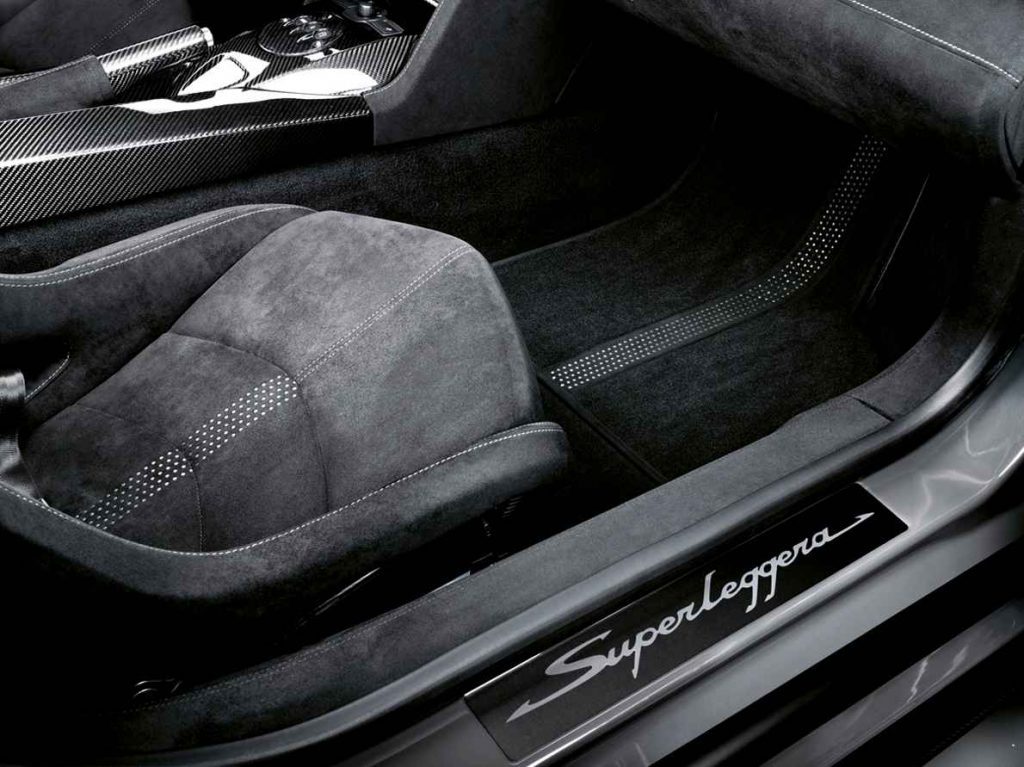
Additionally, the Superleggera included several carbon fibre components made particularly to save weight, including the fixed rear spoiler, a recognisable optional addition for this edition along with carbon-ceramic brakes.
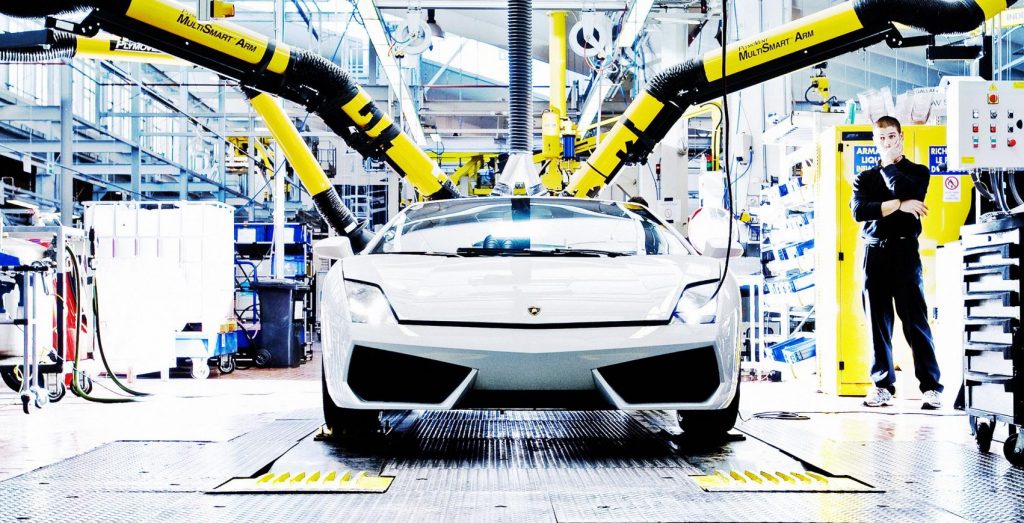
The Gallardo was later updated and debuted as the LP 560-4 at the 2008 Geneva Motor Show. It was 20 kg lighter, with a 5.2-litre V10 engine with a 553hp maximum output, and had a direct stratified injection system. The Gallardo’s output hit 7100 units in 2008 as well.
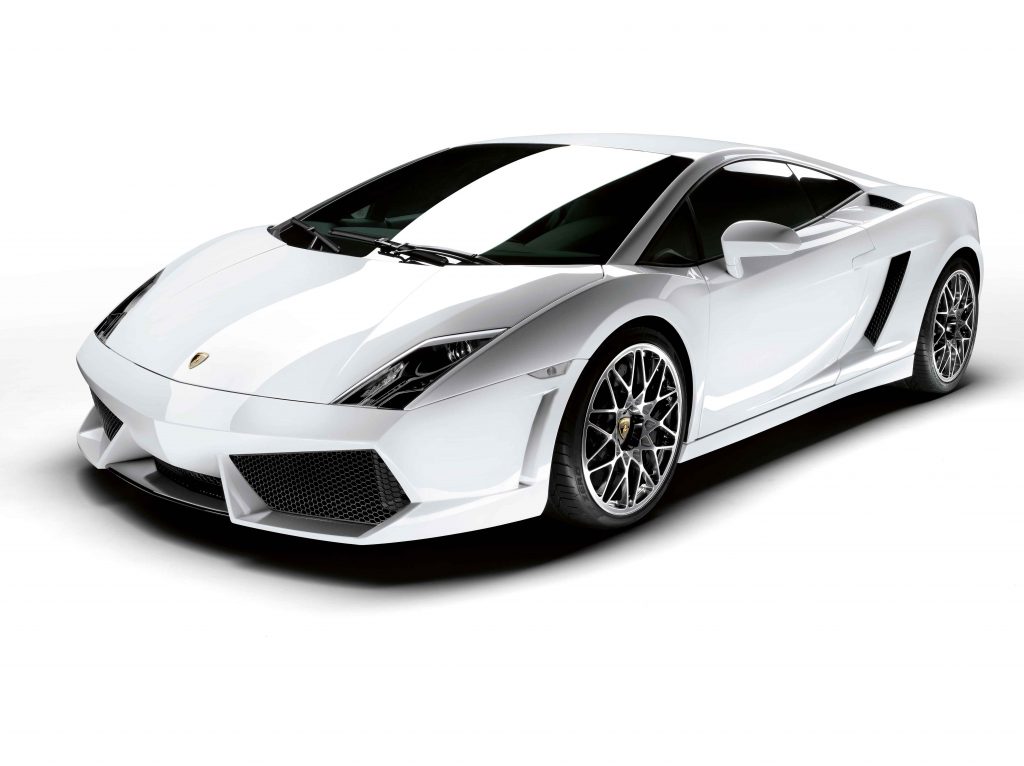
The open-top variant, the LP 560-4 Spyder, with identical technical characteristics, was shown at the Los Angeles Motor Show in November of the same year. Some substantial and unexpected technological changes were included in the new engine.
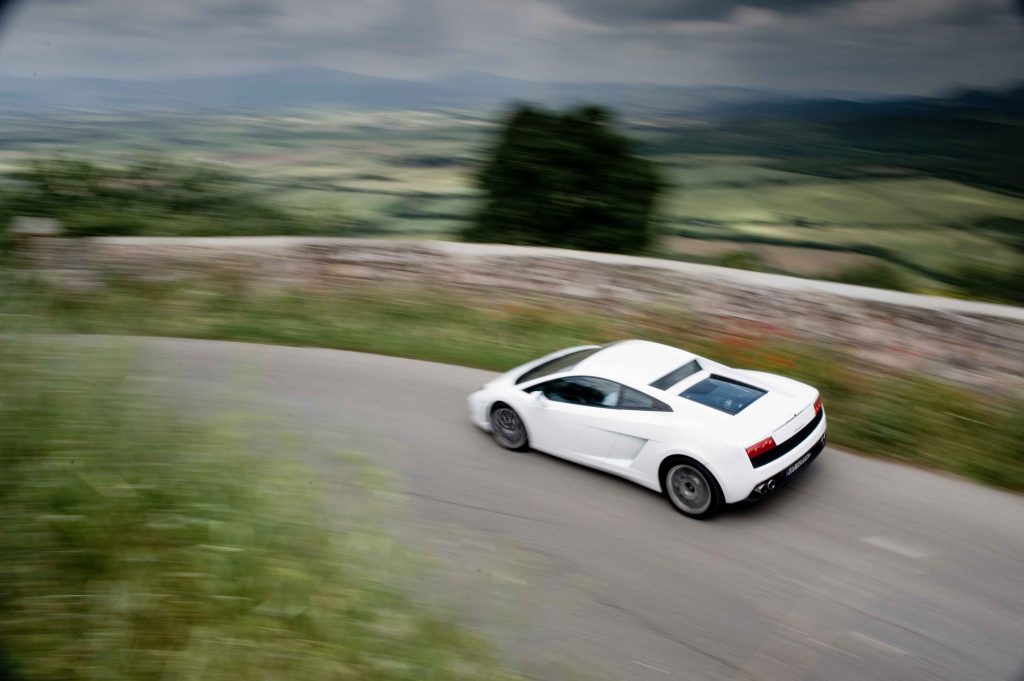
In order to boost crankshaft stiffness, it was decided to modify the shape of the crankshaft for the Gallardo’s 5.2-litre engine in the subsequent model. The split pin was therefore removed. Additionally, direct fuel injection technology was utilised, increasing combustion chamber efficiency with more power and less pollution.
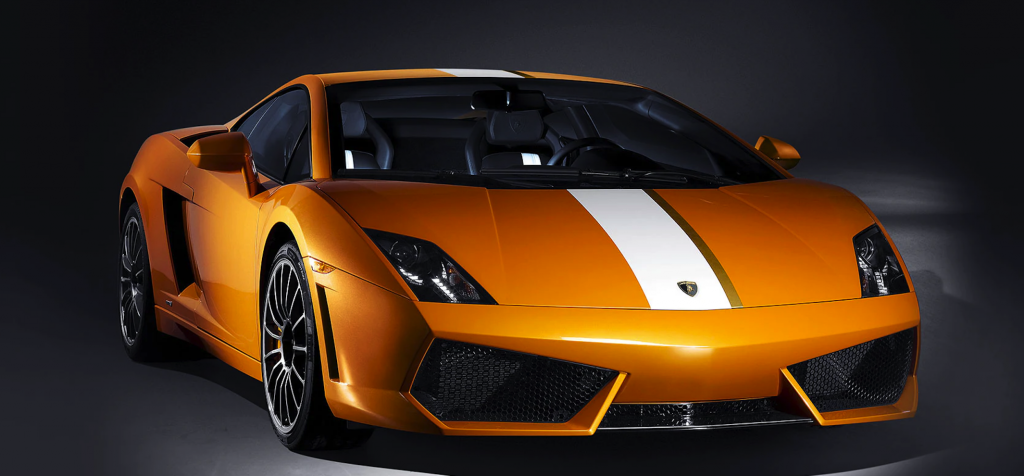
Automobili Lamborghini later unveiled the “Gallardo LP 550-2 Valentino Balboni” in 2009 after producing 9000 units. There were only 250 units made, and they were distinguished by a technological advancement never previously used on this model: 550hp and rear wheel drive. The Gallardo LP 550-2 was later developed as a commercial model (2010) and in a Spyder variant (2011) in response to several client demands.
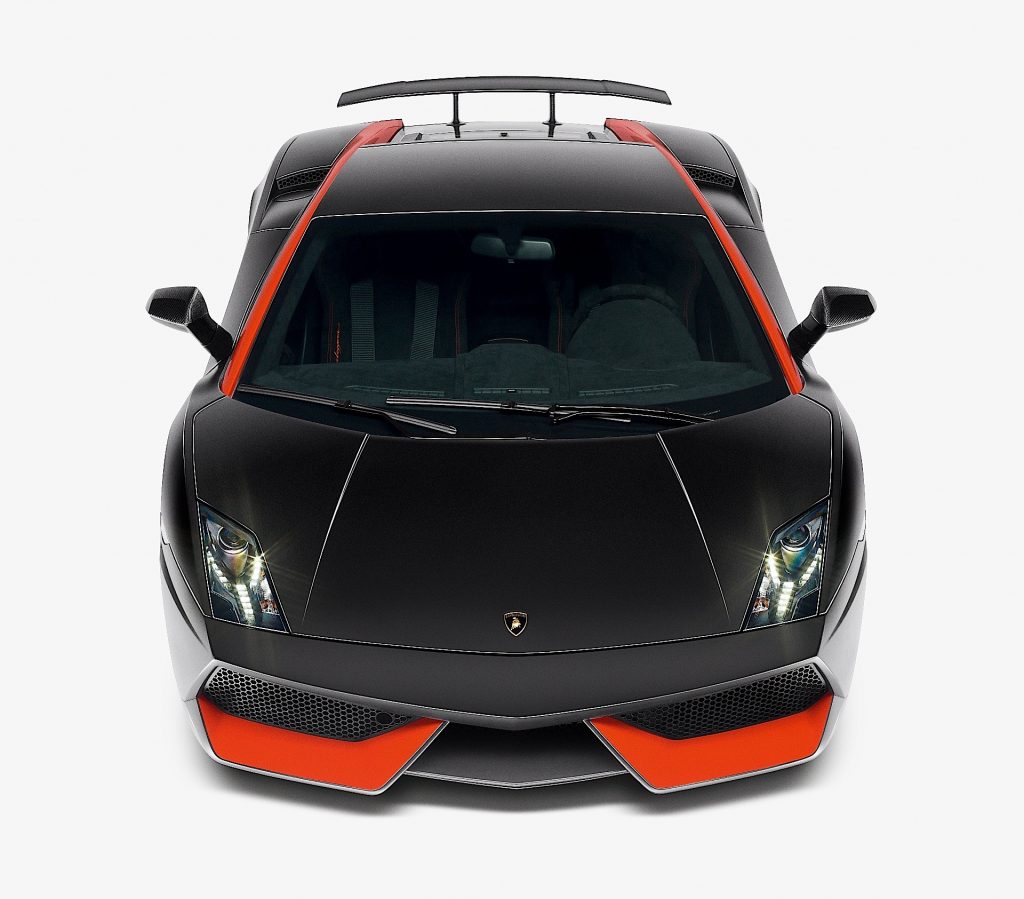
At the Paris Motor Show in 2012, Automobili Lamborghini debuted two variations of the revised vehicle. The new Gallardo LP 560-4 and Gallardo LP 570-4 Edizione Tecnica, which represented a further artistic progression of the initial Lamborghini V10 model, were even more daring and radical variations.
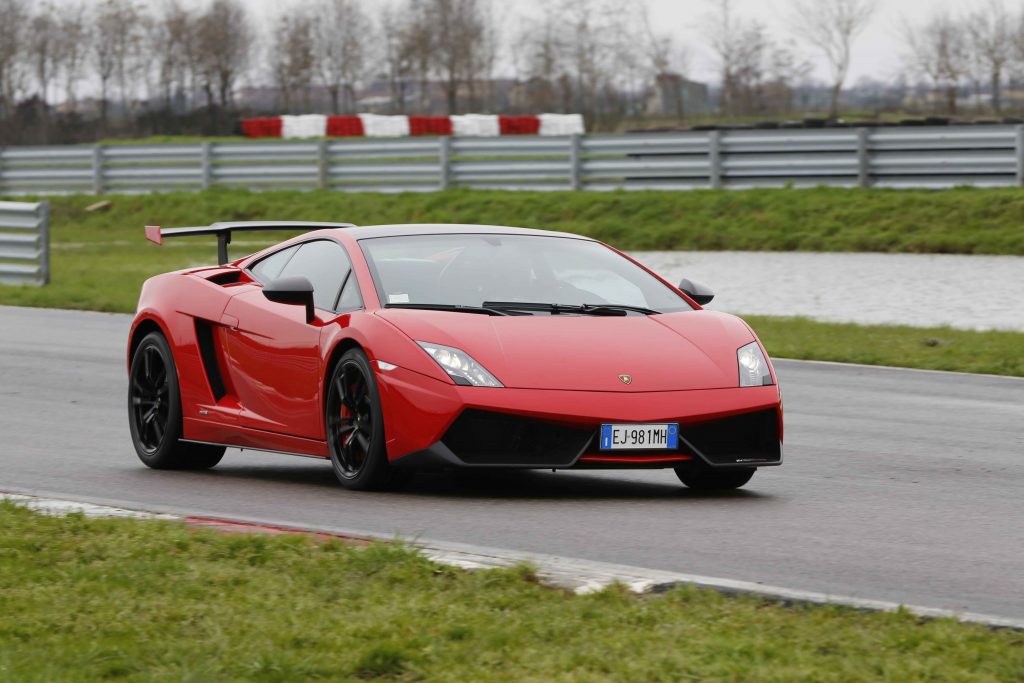
A new GT3 programme, based on the Gallardo MY13, was revealed in January 2013. The Gallardo LP 570-4 Squadra Corse was unveiled at the Frankfurt Motor Show the same year. The Gallardo Super Trofeo, the car that competed in the Lamborghini Super Trofeo, served as inspiration for this new limited-edition variant, the most extreme in the Gallardo lineup.
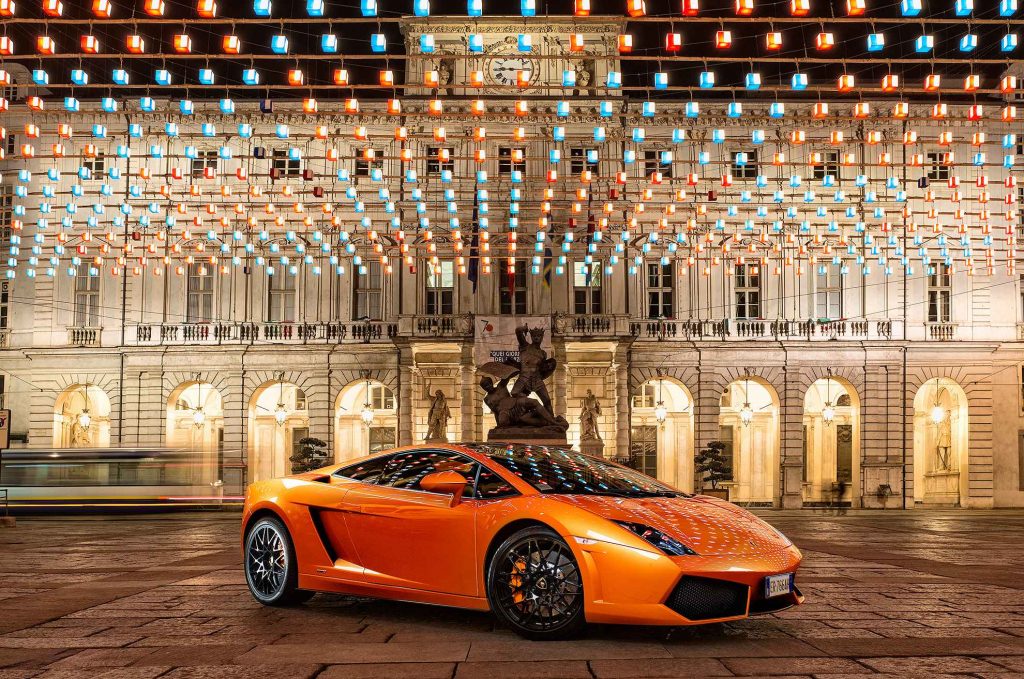
The final Lamborghini Gallardo departed the famous Sant’Agata Bolognese facility on November 25, 2013. A Rosso Mars-coloured Gallardo LP 570-4 Spyder Performante was the final piece to be built.
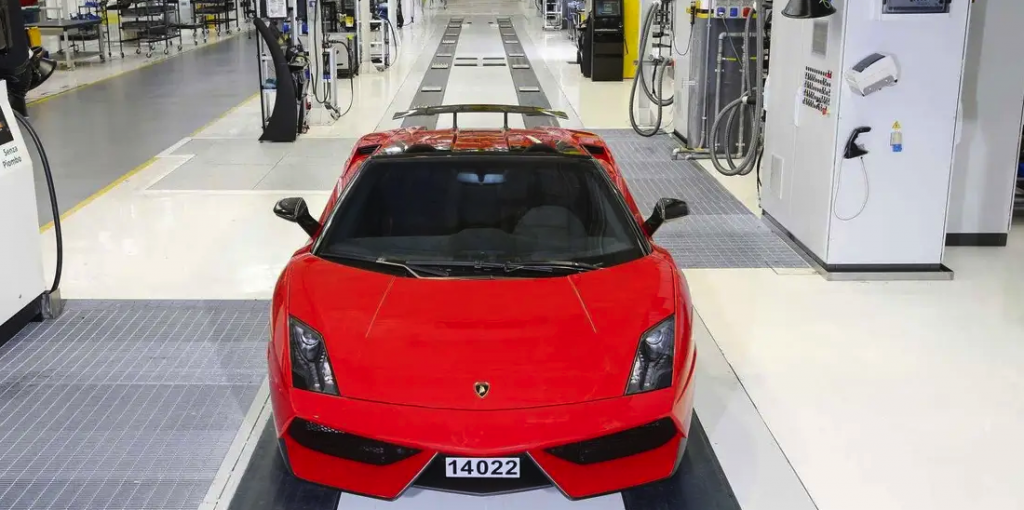
The Gallardo was created in several special editions over the course of 10 years of manufacturing, sold in 45 countries, and had a total of 14,022 cars built when you include the 32 variants. With a place among the symbols of Italian design and automotive engineering, these figures alone make the Gallardo one of the highest-rated super sports cars ever.





